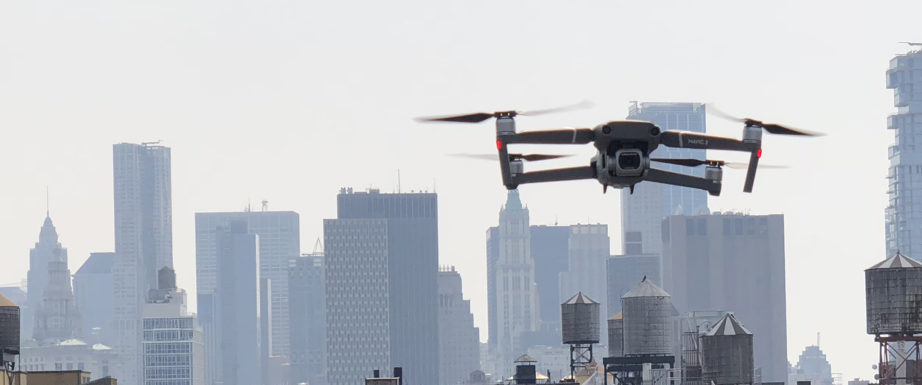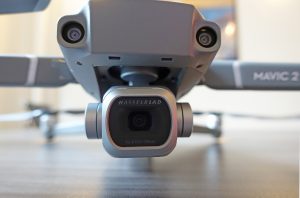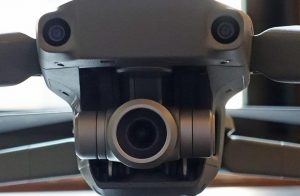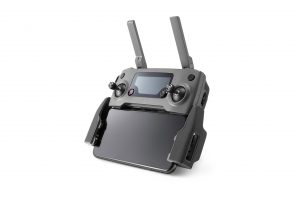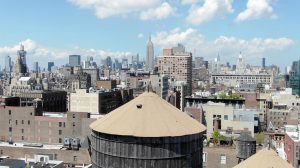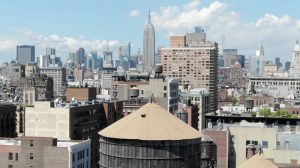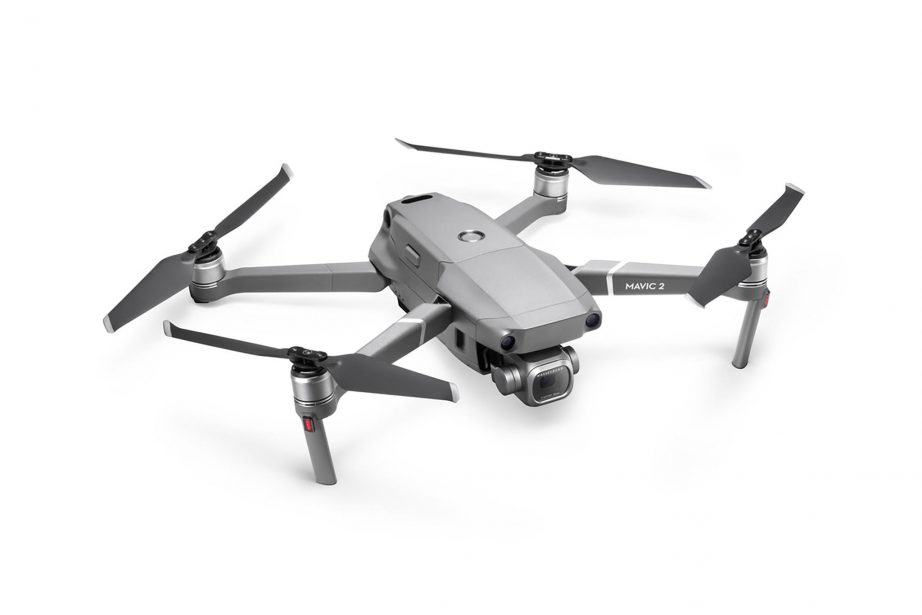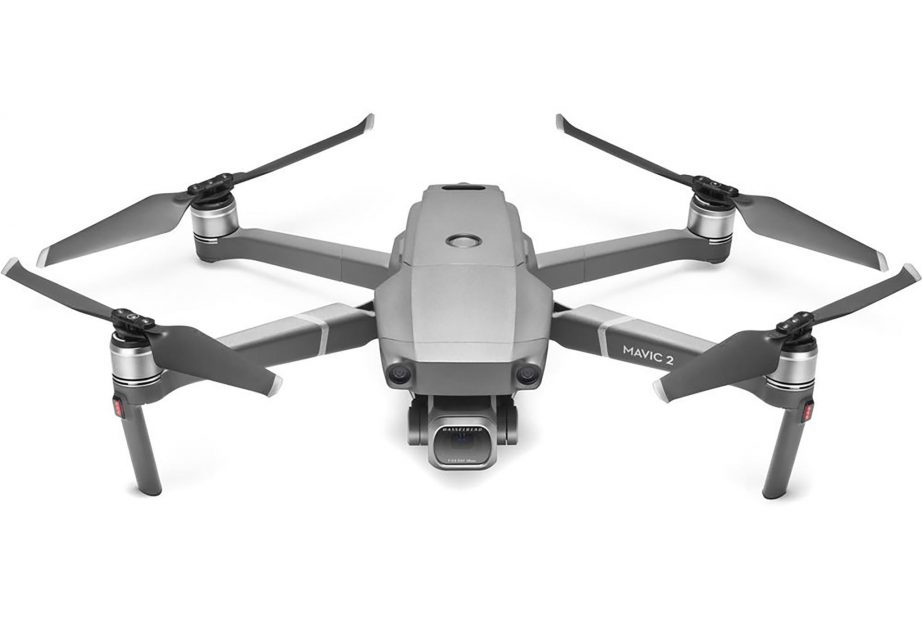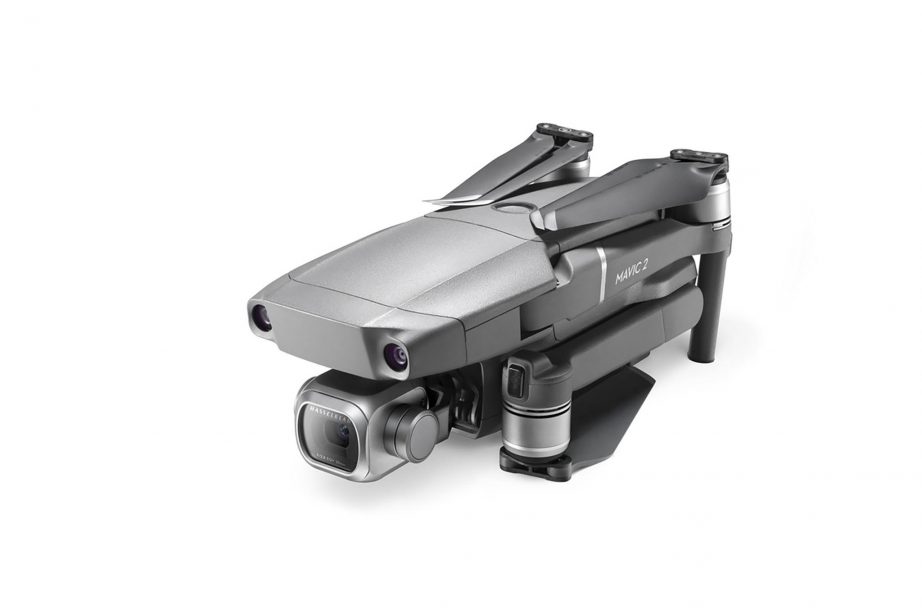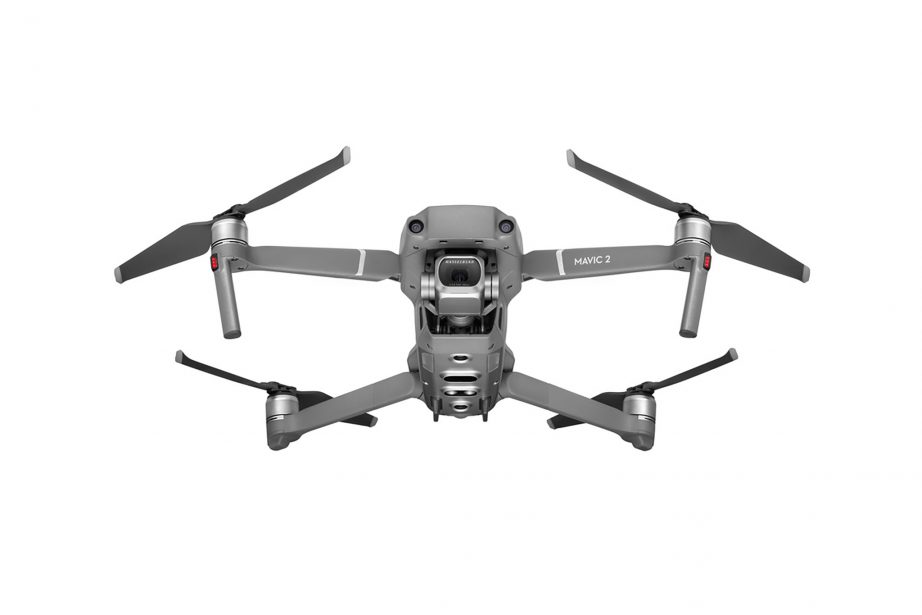Dolly-Zoom Aerials
There’s a good example of a dolly-zoom in Joseph Losey’s 1967 film Accident.
Accident is Losey’s steamy love quadrangle of Oxford students and professors, punctuated by the inevitable pregnant pauses of Pinter’s screenplay, filmed in saturated wood-panelled interiors and humid green exteriors by Gerry Fisher, BSC. It was one of Fisher’s first jobs as DP.
Here’s a video clip of Accident’s dolly-zoom on YouTube. It is not a “smash-zoom,” by the way. The shot begins around 14 seconds from the beginning, after the spider’s web encounter:
EXT. WOOD FENCE OVERLOOKING FIELD – DAY
Dirk Bogard and Jacqueline Sassard stand at a fence. Close on their hands, almost touching. The camera dollies back and zooms in. The foreground stays pretty much the same size. The background appears to move toward us. Dolly-zoom. It was 1967, so Fisher probably used an Angenieux zoom lens. He certainly did not have a Microforce motorized zoom control.
It’s a really difficult shot to do well. The dolly move has to be precisely coordinated with the zoom move.
But now, DJI’s new Mavic 2 Zoom makes it smooth and simple and airborne.
You can do a dolly-zoom simply, seamlessly, nimbly and in the air with DJI’s new Mavic 2 Zoom. It’s one of two new DJI camera drones that landed this August. Mavic 2 Zoom is a foldable consumer drone with optical zoom. Mavic 2 Pro is a drone with a built-in Hasselblad camera and fixed 28mm f/2.8 lens.
- Mavic 2 Pro — with Hasselblad camera and lens
- Mavic 2 Zoom — does dolly-zooms
- Redesigned remote controller
Mavic 2 Pro and Mavic 2 Zoom
The two Mavic 2 models are the new flagships of the DJI camera drone line—with technically advanced, professional designs.
They fold like the popular Mavic Pro and Mavic Air. Flight time can be up to 31 minutes and video transmission has been improved. The gimbal-stabilized onboard cameras have advanced capabilities like Hyperlapse and ActiveTrack. Hyperlapse is gimbal- stabilized aerial timelapse. Mavic 2 Zoom has Dolly-Zoom. ActiveTrack 2.0 lets you follow and keep an object in frame. It uses a combination of autonomous tracking and obstacle sensing using the main camera and the dual front vision cameras. A 3D map of the area in front is created and trajectory algorithms analyze motion to predict the subject’s path up to three seconds in advance. The Mavic 2 can recognize and avoid obstacles and stays on track even if the subject momentarily goes behind an obstacle—all at speeds up to 44 mph (72 km/h).
- Dolly-Zoom: foreground size stays the same, background appears to get closer.
- This is done as the Mavic 2 Zoom flies away from the foreground while zooming in—and it’s calculated automatically.
Mavic 2 Pro with Hasselblad
Designed in partnership with Hasselblad, the Mavic 2 Pro has a 1-inch CMOS sensor with Hasselblad’s iconic color science. The Mavic 2 Pro captures 4K Dlog-M 10-bit video or 20-megapixel aerial stills. The camera’s aperture can adjust from f/2.8 to f/11. The 4K video is 10-bit HDR HLG with 14 stops of dynamic range. 10-bit onboard recording is impressive for a camera drone this size.
Mavic 2 Zoom
The Mavic 2 Zoom has a 1/2.3-inch CMOS sensor. It is DJI’s first foldable consumer drone with an optical zoom lens (24-48mm). It records 4K 8-bit video and 12-megapixel still photos. For landscape photography, the new Super Resolution feature automatically captures and stitches nine photos together for a hi-rez 48-megapixel picture. And, of course, the Mavic 2 Zoom’s new Dolly-Zoom QuickShot mode would let you do the sequel to Jospeh Losey’s and Gerry Fisher’s famous shot in Accident even more smoothly.
Mavic 2 Pro and Mavic 2 Zoom Details
Mavic 2 models have three-axis mechanical gimbals to stabilize the camera. Photos and videos are saved to 8 GB onboard storage. Retail price of Mavic 2 Pro, including the drone, battery, remote controller, charger, and four pairs of propellers, is $1,499 USD. Mavic 2 Zoom, including the drone, battery, charger, remote controller and four pairs of propellers, is $1,199 USD. As they say on the news, watch this space. With cameras so advanced, it will be interesting to see what DJI does next.
Reprinted from Film and Digital Times September 2018 Edition #89-90

